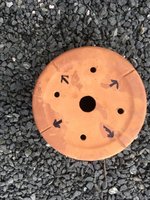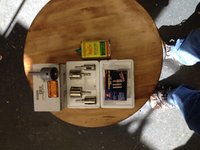parhamr
Omono
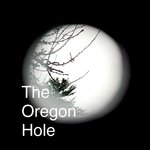
This technique isn’t novel and I don’t know where it originated, but I’ve had a chuckle over the name “The Oregon Hole.” It’s stormy this week so I’ve been hiding under my carport and listening to podcasts and music while monitoring the drill. Here’s what I wrote up to explain the process to friends and it’s too fun to not share…
What is it? A small couple of holes through the bottom of a pot, located close to the outer wall.

What does it do? This hole allows bonsai enthusiasts to tip their pots upward to increase the height of the water column and to encourage better drainage in shallow pots.
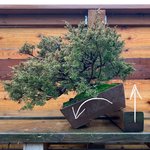
Why is it done? Week after week of steady Pacific Northwest rains brings a risk of anaerobic conditions in bonsai pots, which invites decay and disease to roots.
How is it done? Turn a pot over and use a diamond-tipped or glass/tile/ceramic bit to drill into the pot. Do not apply pressure. To protect the pottery and drill bit from heat damage, either spray water or submerge the pot in a basin of water.
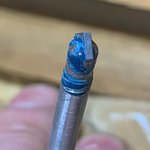

This technique is also important on slabs and natural stones. I use long masonry bits on the lava chunks I bring home.
Good luck!

